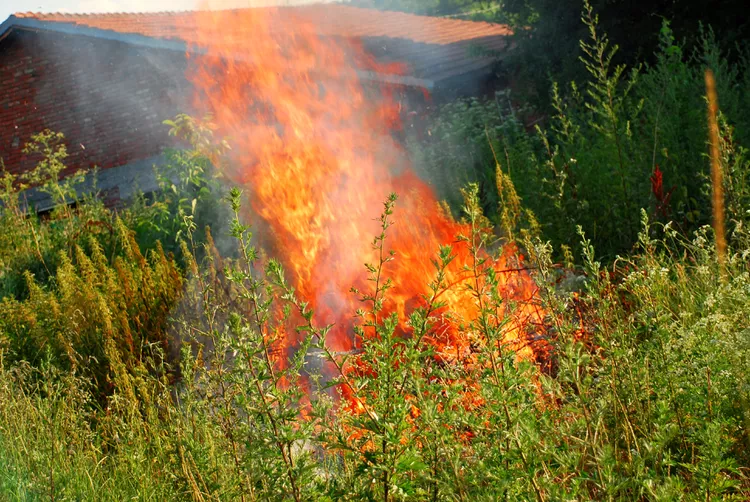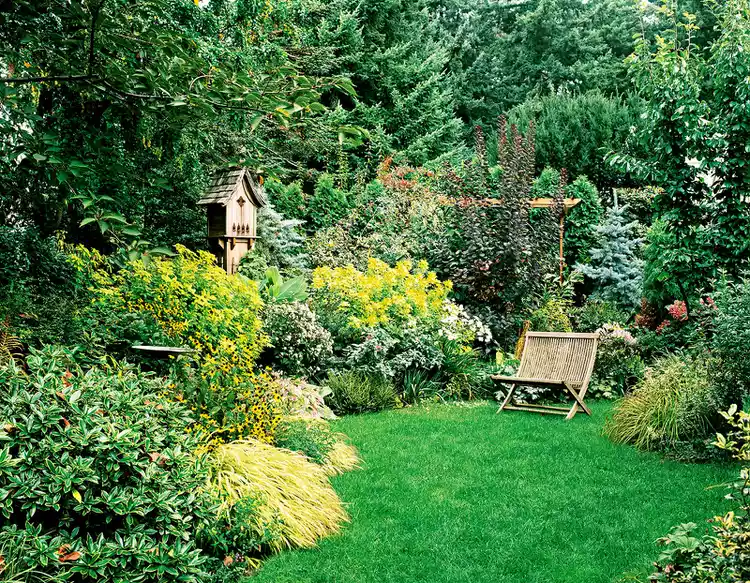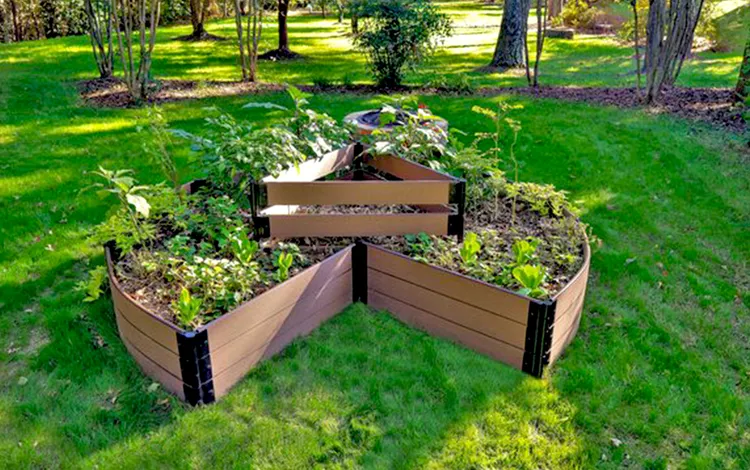Edible gardening is a rewarding and sustainable practice that allows you to enjoy fresh, home - grown produce right at your doorstep. One of the most fascinating aspects of edible gardening is the ability to sprout heads of lettuce, celery, green onions, and other produce from leftover scraps. With just a little water and a whole lot of patience, you can turn your kitchen waste into a thriving mini - garden.
Let's start with lettuce. When you finish a head of lettuce, don't throw away the base. Instead, place it in a shallow dish filled with about half an inch of water. Make sure the cut end is submerged. Put the dish in a location that receives indirect sunlight, like a windowsill. In a few days, you'll notice new growth starting to emerge from the center of the base. As the new leaves grow, you can gradually increase the amount of sunlight it gets. Once the new lettuce is large enough, you can start harvesting the outer leaves. This way, you can enjoy a continuous supply of fresh lettuce without having to buy a new head every time.
Celery is another vegetable that can be regrown from scraps. Take the base of the celery, which is usually the part with the roots still attached. Place it in a bowl of water, making sure the base is fully submerged. Keep the bowl in a well - lit area, but away from direct sunlight. After a few days, you'll see small green shoots starting to appear from the center of the celery base. As the shoots grow, you can transfer the celery base to a pot filled with soil. Make sure the soil is well - drained and rich in nutrients. Water the celery regularly, and in a few weeks, you'll have a new bunch of celery ready to be used in your favorite recipes.
Green onions are incredibly easy to regrow. Save the white root ends of the green onions. Place them in a glass of water, with the roots facing down. Put the glass in a sunny spot. You'll notice that within a day or two, the green part of the onion will start to grow. You can keep the green onions in water for continuous growth, or if you prefer, you can plant them in soil. They will thrive in a pot on your balcony or in your garden. Harvest the green part as needed, and the onions will keep growing back.
Other produce like bok choy, cabbage, and even pineapple tops can also be regrown from scraps. For bok choy and cabbage, follow a similar process as lettuce. Place the base in water and wait for new growth. Once the new leaves are large enough, transfer them to soil. Pineapple tops are a bit more involved. Cut off the top of the pineapple, remove the lower leaves, and let the top dry for a few days. Then, place it in a glass of water until roots start to form. After that, plant it in a pot with well - drained soil.
Regrowing produce from scraps not only reduces waste but also saves you money. You don't have to buy new plants every time you want to enjoy fresh vegetables. It's also a great educational activity for kids. They can learn about the life cycle of plants and the importance of sustainability. Moreover, the produce you grow from scraps is free from pesticides and other chemicals, making it a healthier option for you and your family.
However, it's important to note that regrowing from scraps may not always result in a full - sized plant like the ones you buy from the store. But the fresh, tender leaves and shoots that you harvest are still delicious and can be used in a variety of dishes. You can add them to salads, soups, stir - fries, or use them as garnishes.
In conclusion, edible gardening through regrowing produce from scraps is a wonderful way to connect with nature, reduce your environmental impact, and enjoy fresh, home - grown food. So, the next time you're about to throw away those vegetable scraps, think twice. With a little water and patience, you can turn them into a beautiful and productive garden.




















